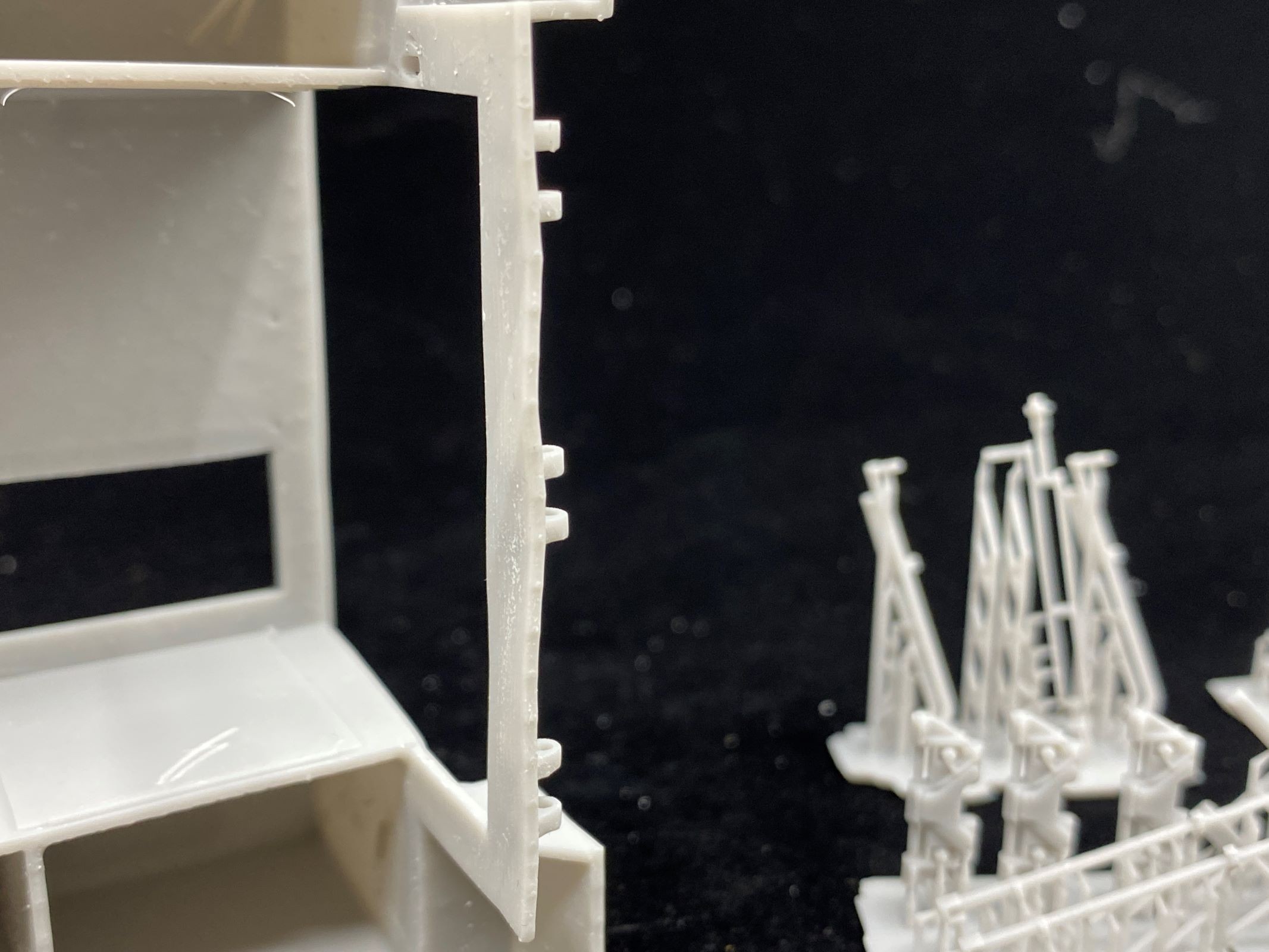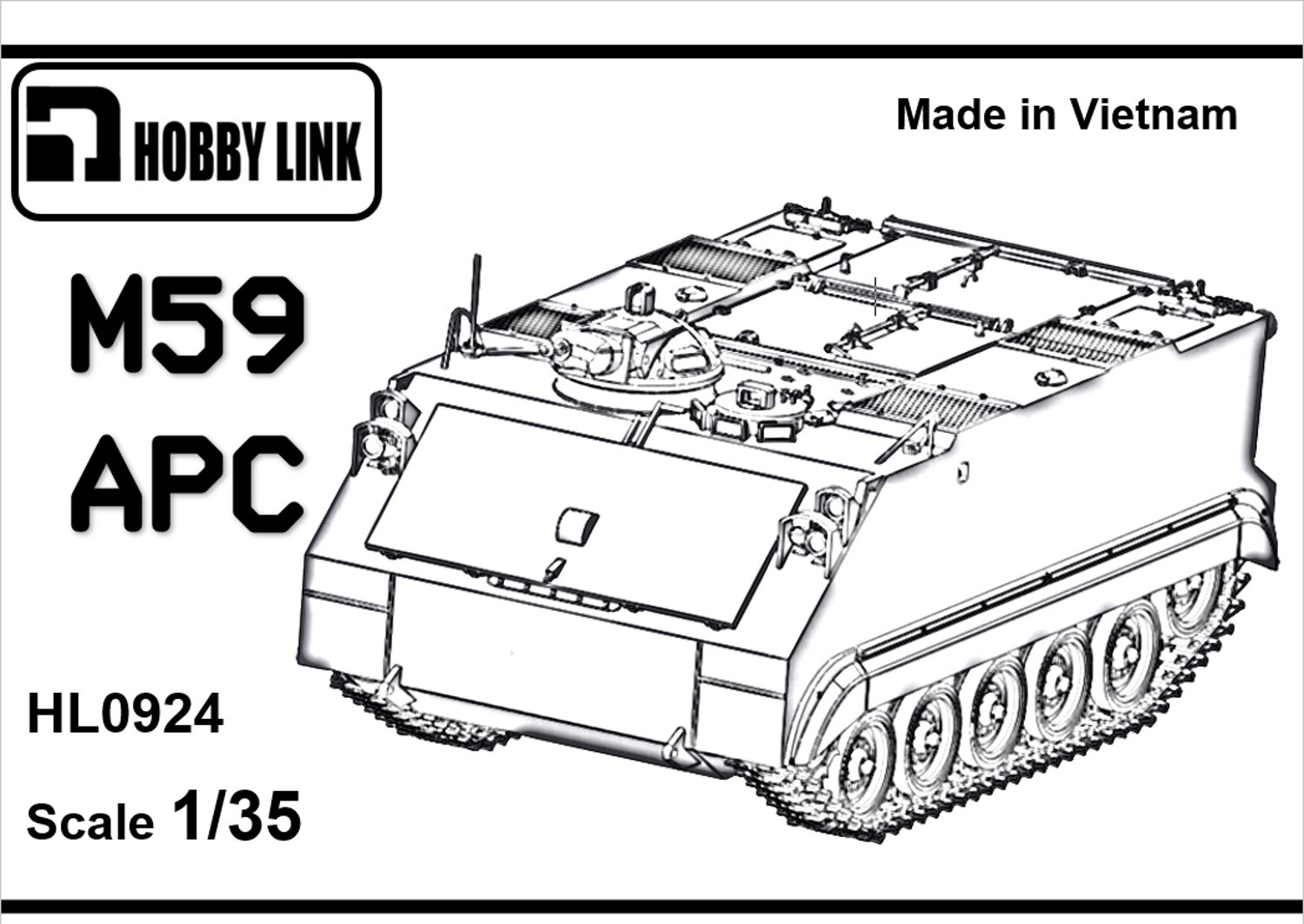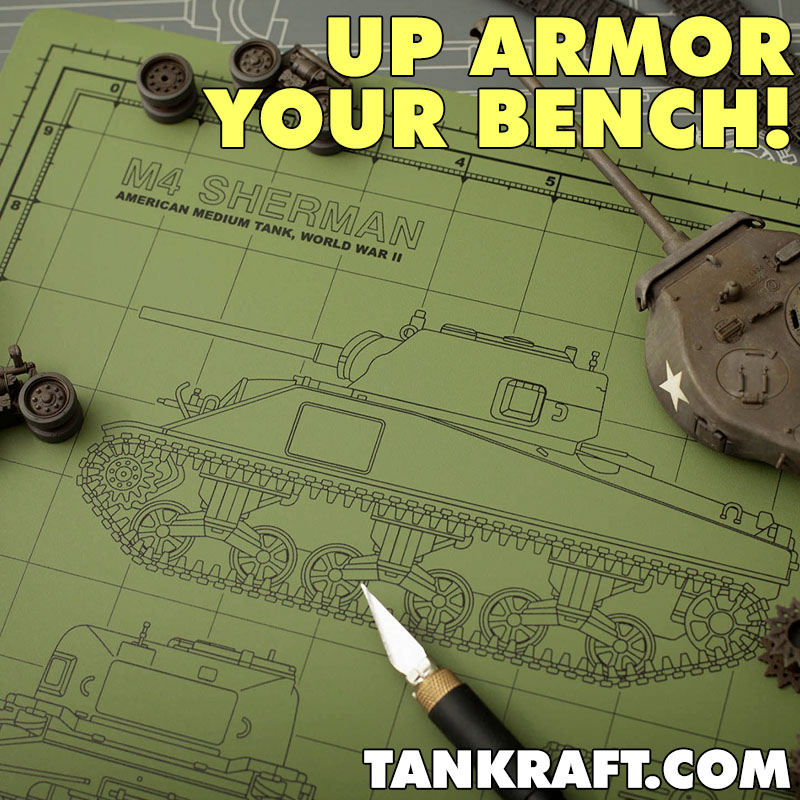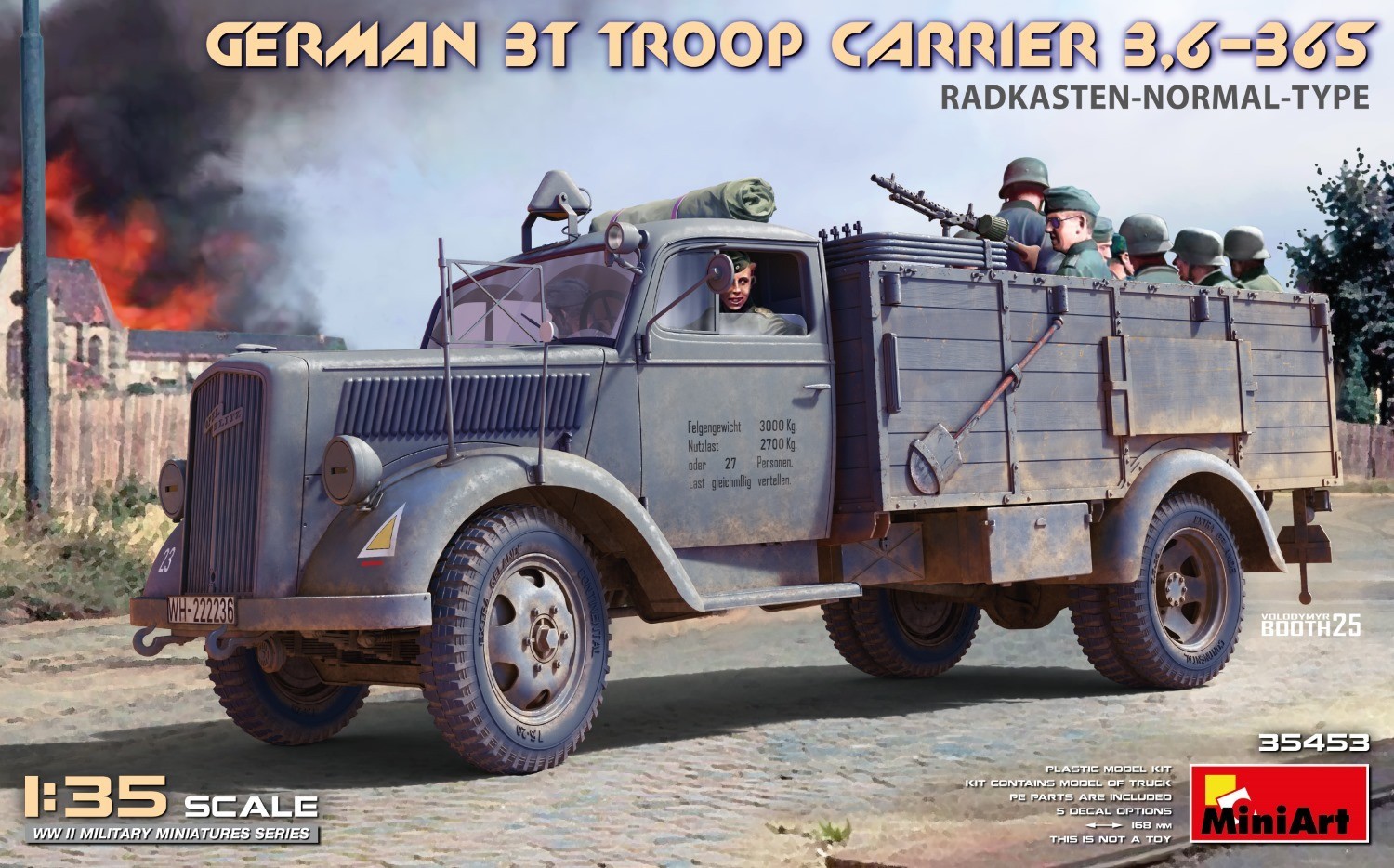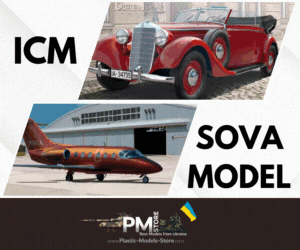Introduction
Ever since the invasion of Tarawa in 1943 where US Marines suffered appalling casualties before even getting to the beaches, the United States has sought a vehicle that could carry infantry into the fight while protecting them until the key moment of contact with the enemy. By the end of WW2, the Department of Defense was seeking a replacement for the Higgins Boats and Amtracks that had ferried soldiers and Marines ashore or across water barriers in both the European and Pacific theaters. They wanted a true "armored personnel carrier," since the older Amtracks were not only bulky, slow and lightly-armored, but had open tops. But it took several iterations until they got to the M113 which served through the Gulf War. These included the M44 (too large and too heavy), and the M75 (not amphibious and too expensive).
The next stop on the journey that would ultimately lead to the M113 (which like with Goldilocks, was "just right") was the M59. Built by the improbably-named Food Machinery and Chemical Corporation or FMCC (which also built the M113 later on), the M59 improved on the M75 by reducing weight. This was accomplished by cutting back on armor, and splitting the power-plant into two, lighter truck engines instead of a massive single engine.
Unfortunately, the twin-engine configuration was unreliable, and the lighter armor left the vehicle vulnerable on the battlefield. It's unlikely it served in Korea, and was mostly used by National Guard units, as well as being exported to Brazil, Ethiopia, Lebanon, Turkey and Venezuela. It's most-notable service was in Vietnam where 800 were used by the Army of the Republic of Vietnam (ARVN).
Until now, there have been no readily-available models of the M59 in 1/35th. However, Hobby Link, who produces excellent 1/35th kits using 3D resin printing, has been developing a reputation for excellent, well-made versions of "the motor pool": the trucks, trailers and trailer conversions that allow stuff to be moved from here to there. Lately they have begun releasing some of the "oddball" vehicles of the Vietnam War that have been heretofore missing from styrene manufacturers, including first the M76 Otter. Now comes their new M59 armored personnel carrier in 1/35th scale.
Contents
Inside a plain, brown box with a B&W drawing of an M59 on top, you will find bags and bags of 3D printed grey resin plastic parts, many still on the "trees" that are required for 3D printing, along with a small sheet of waterslide decals, a bit of "cable," and B&W instructions. I couldn't make a parts count, but there are A LOT. That will make the kit a bit "fiddly," but also possessing superior detail.
The Review
The level of detail in this kit is exceptional, and I can find nothing has been left out. A full interior is included, and the doors and hatches presumably can be positioned open. If you don't have ARVN (Army of the Republic of Vietnam) figures, I suggest acquiring a few from Hobby Fan. For those of us who build Vietnam War kits and dioramas, this addition to the kits already on the market is simply marvelous.
Some modelers might balk at the thought of building a non-styrene kit. But as my friend Georg Eyerman has said about Hobby Link kits, "they are basically styrene kits made in resin" with the high number of parts one expects from a Tamiya or Dragon build. The tracks are "link and length," which I prefer over Hobby Link's Otter which had one-piece tracks that resist laying flat. Fit on Hobby Link kits is very good if the Otter is the measure.
Working with an all-resin 3D-printed kit shouldn't make anyone nervous: unlike the old cast resin, 3D-printed resin doesn't require cleaning-up to remove mold release, and there is little to no warpage of parts. The little warping I encountered in this kit (most prominently on the rear wall), is easily-corrected by dipping the piece into boiling water for 10 seconds, straightening it, then allowing it to cool in-place.
One area of caution, however, is that flat surfaces such as the hull may show evidence of ridges and grooves. This is a product of the 3D printing process, which lays down the resin in rows; it's why the parts are often laid down at an angle. The shift reduces ridges. On large parts like the hull, some filling and sanding may be needed. It's a good idea to look over the model carefully, but sometimes the ridges don't really show up until after priming. It's generally not possible simply to sand off the ridges, and they are better handled with some Mr. Surfacer or Bondo auto putty.
Generally Hobby Link kits are well-designed, with relatively-easy directions. Their presentation is bare-bones: B&W drawings with part numbers. But I kind of like the no nonsense simplicity of their kits overall, and I had no problems building their M76 Otter. Further, although this was a review sample, I purchased the Otter, and intend on buying kits from their motor pool collection, all of which are available from Wanamaker Hobbies. You can also expect a review soon of their "Rome Plow" with D7 bulldozer.
Building any resin kit requires some care, including having a good sanding operation for the "pimples" that are often left after the "trees" that lay down the resin for the part have been removed. 3D printed resin is also much more brittle than styrene or even cast resin, so care should be taken not to put torque on the pieces; if they don't fit, consult the directions again, and if necessary, dry fit repeatedly until things work. Ordinary CA glue will handle the build, though for parts that require more stability, I use a two-part epoxy. I also suggest a spray-on accelerator like ZAP's Zip Kicker for CA glued parts. This helps create an instant bond for pieces that require careful alignment like wheels, but the bond it creates will be slightly weaker than if the glue dries on its own.
Conclusion
Heretofore, Hobby Link has carved out a niche specializing in the "motor pool" of trucks, trailers and conversions around things that take other things somewhere else. With the launch first of their Otter, and now the M59, the company has ventured into new areas of tracked vehicles. The level of their quality and accuracy make me look forward to future endeavors.
These and other Hobby Link kits are sold in the US by Wanamaker Hobbies. While not cheap ($120), the price includes shipping.
Thanks to Hobby Link and Wanamaker Hobbies for providing this review sample. Be sure to mention you saw the kit reviewed on Armorama when ordering your copy.

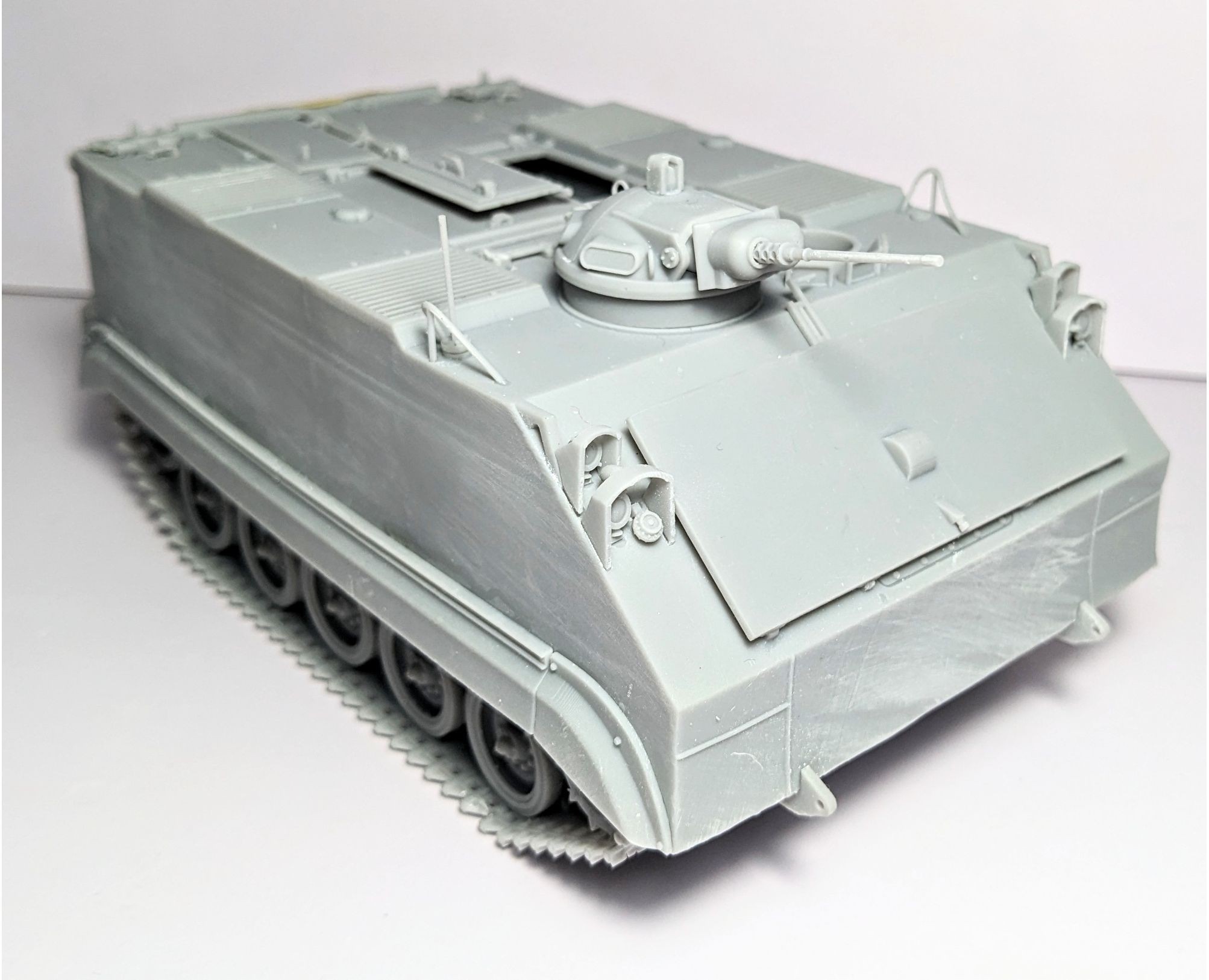
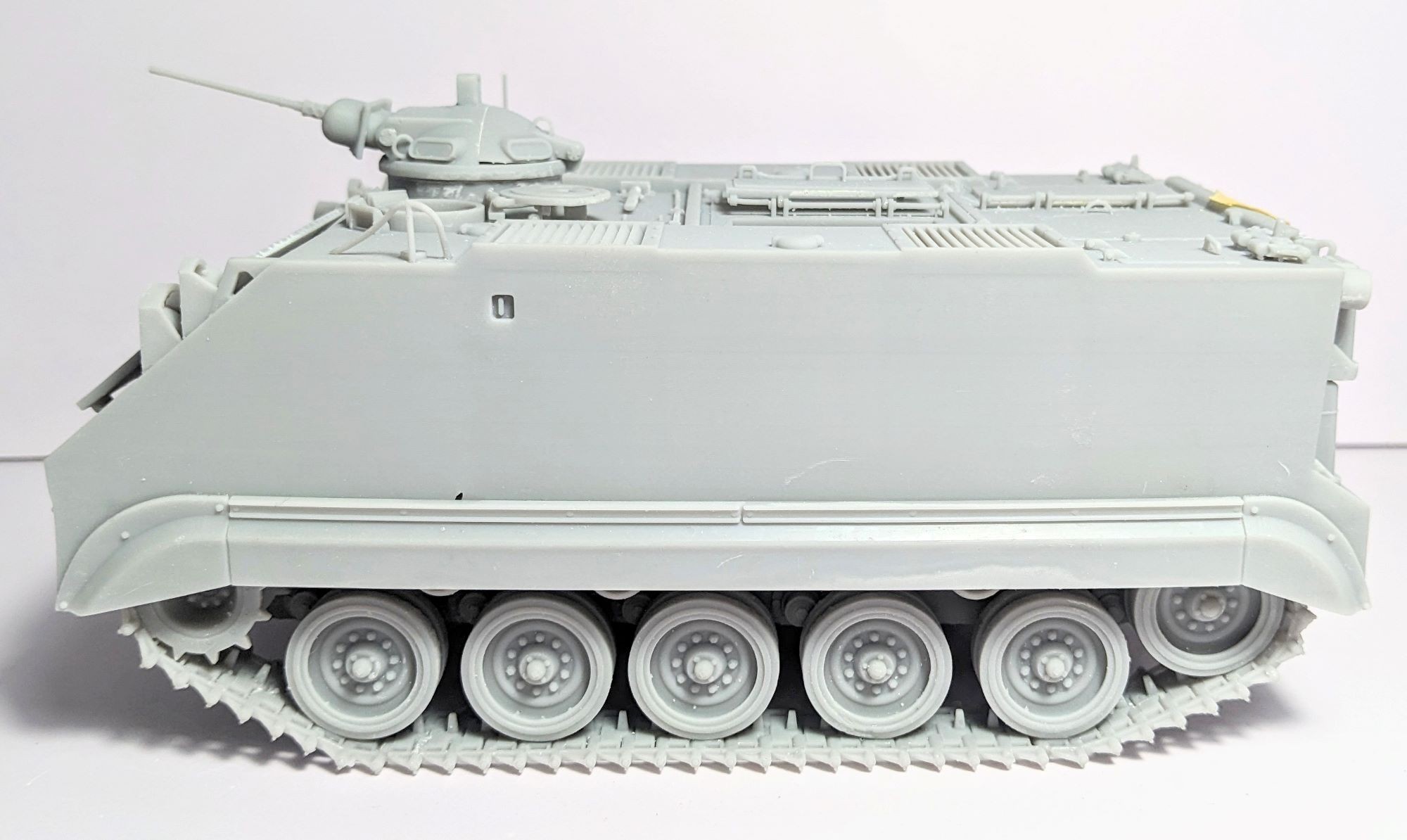

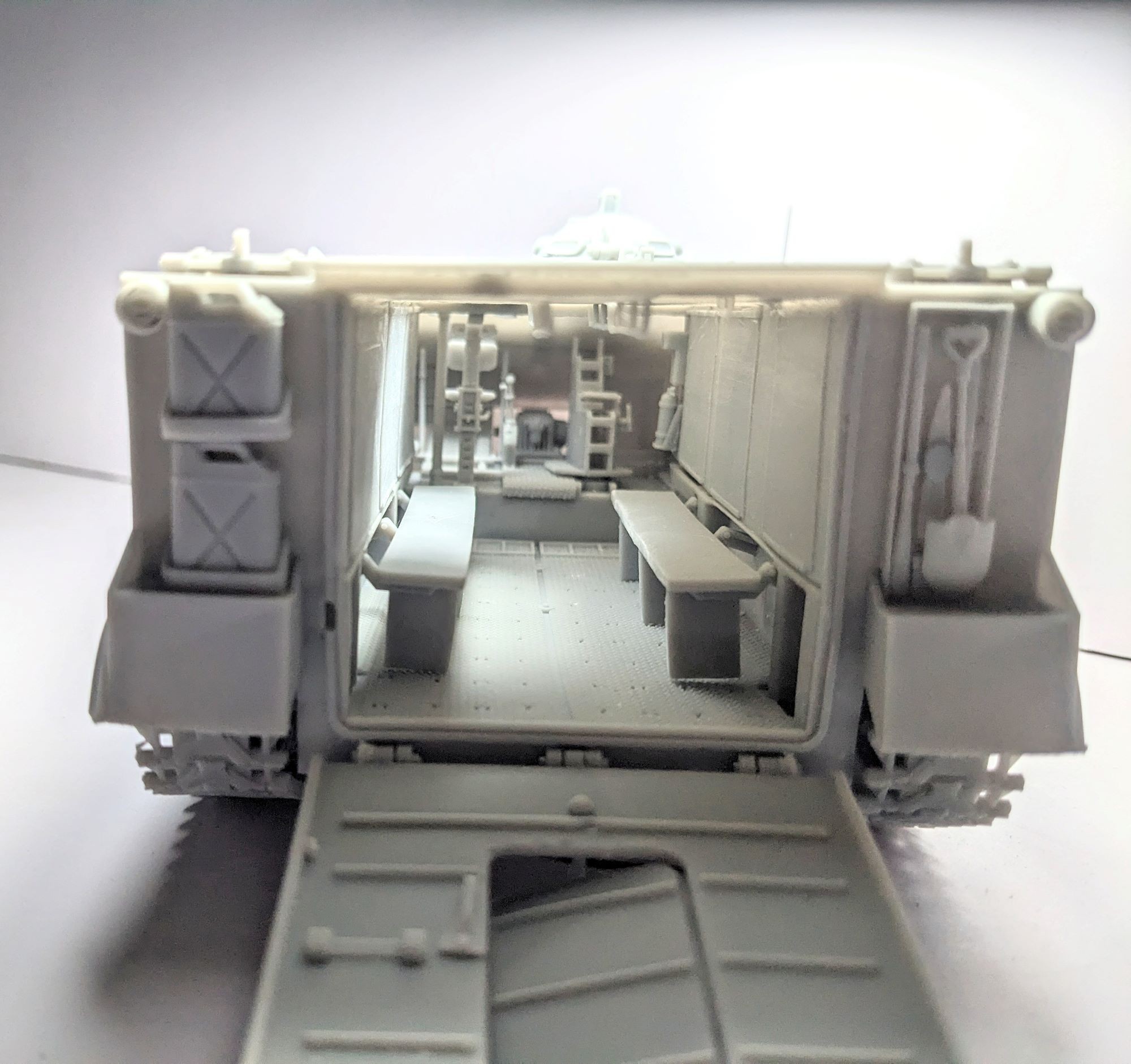
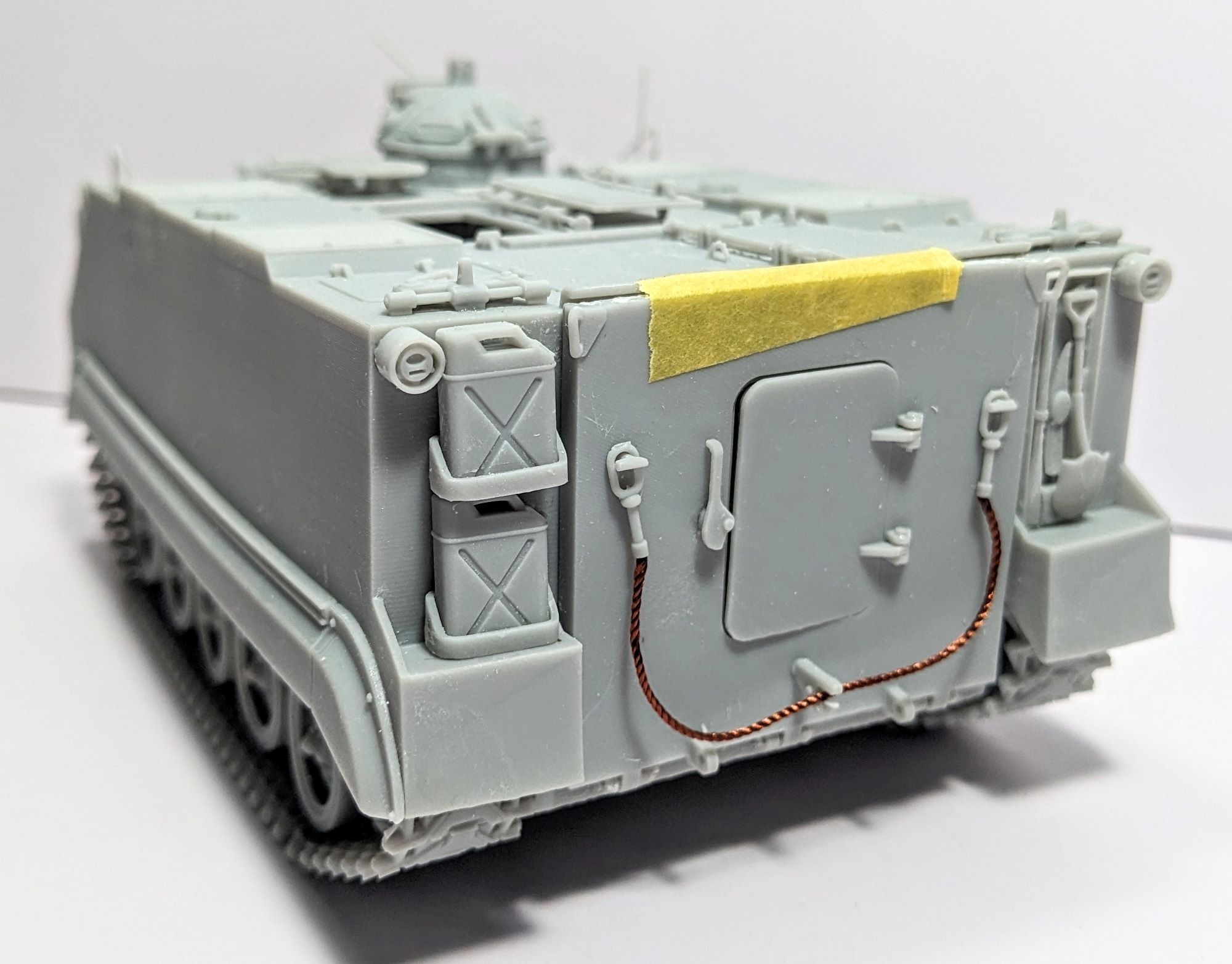


These sorts of "pimples" on 3D-printed parts are not unusual but sand off easily.
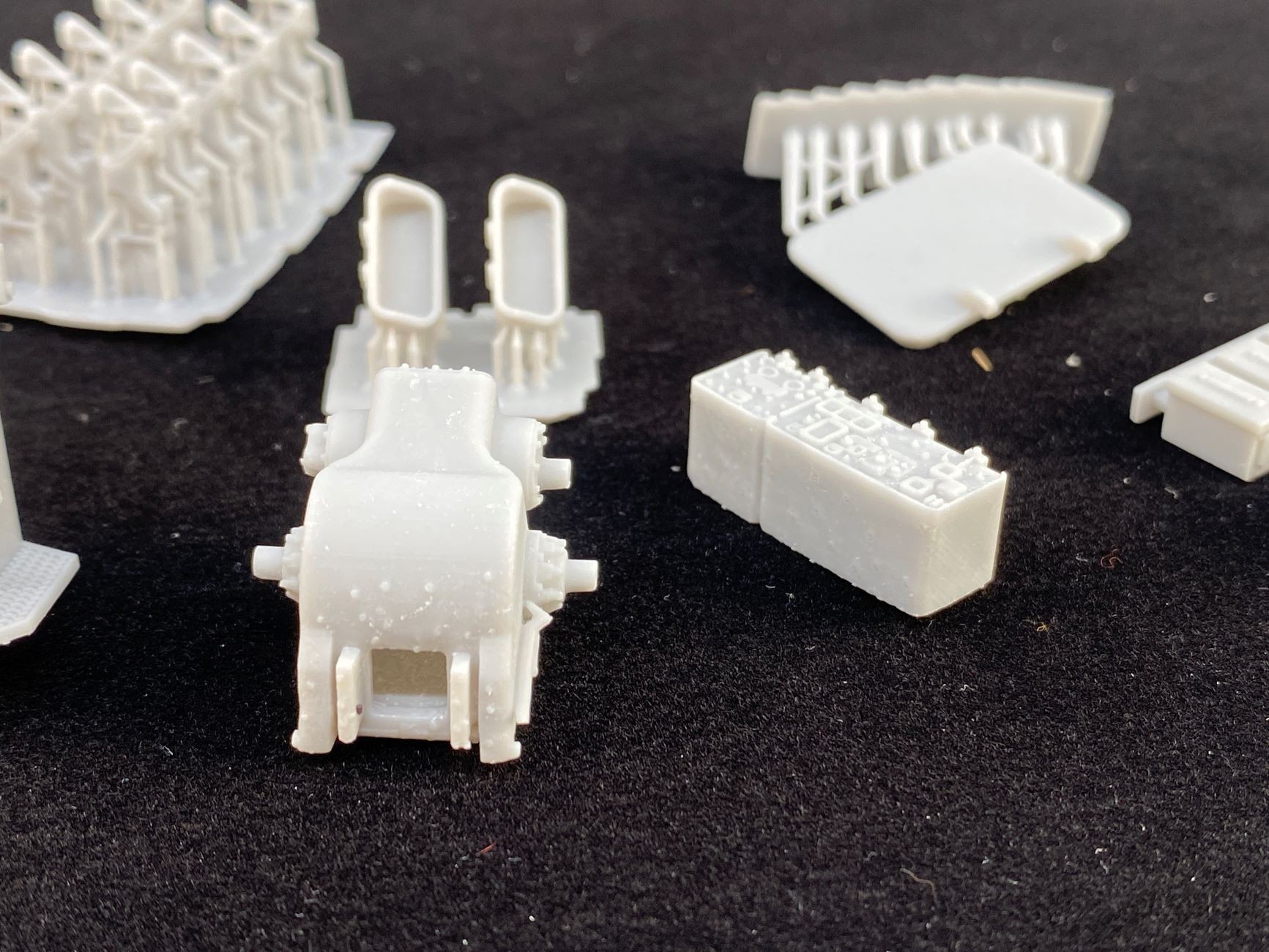
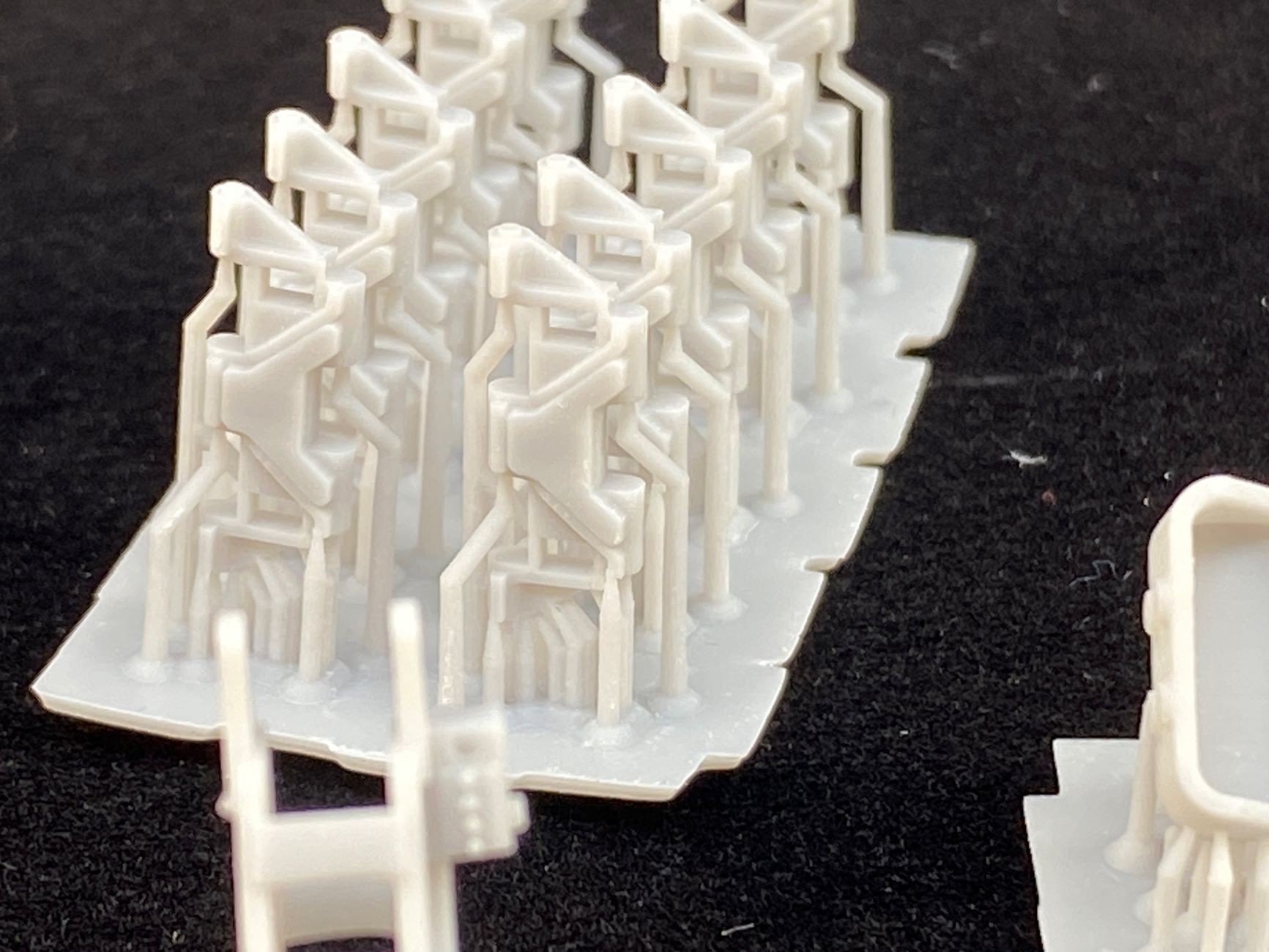
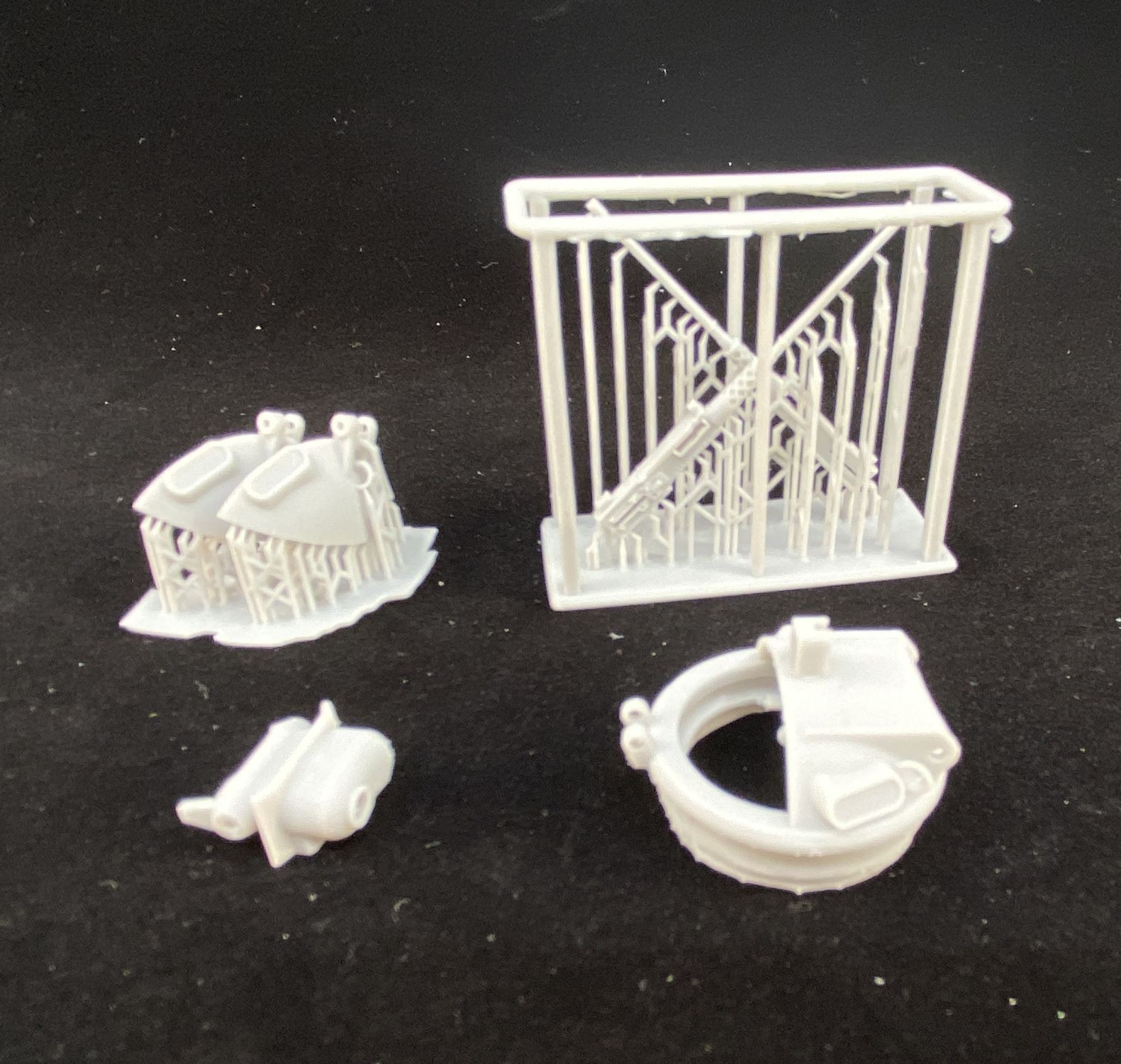
Twin .50 caliber machine guns with very fine details.
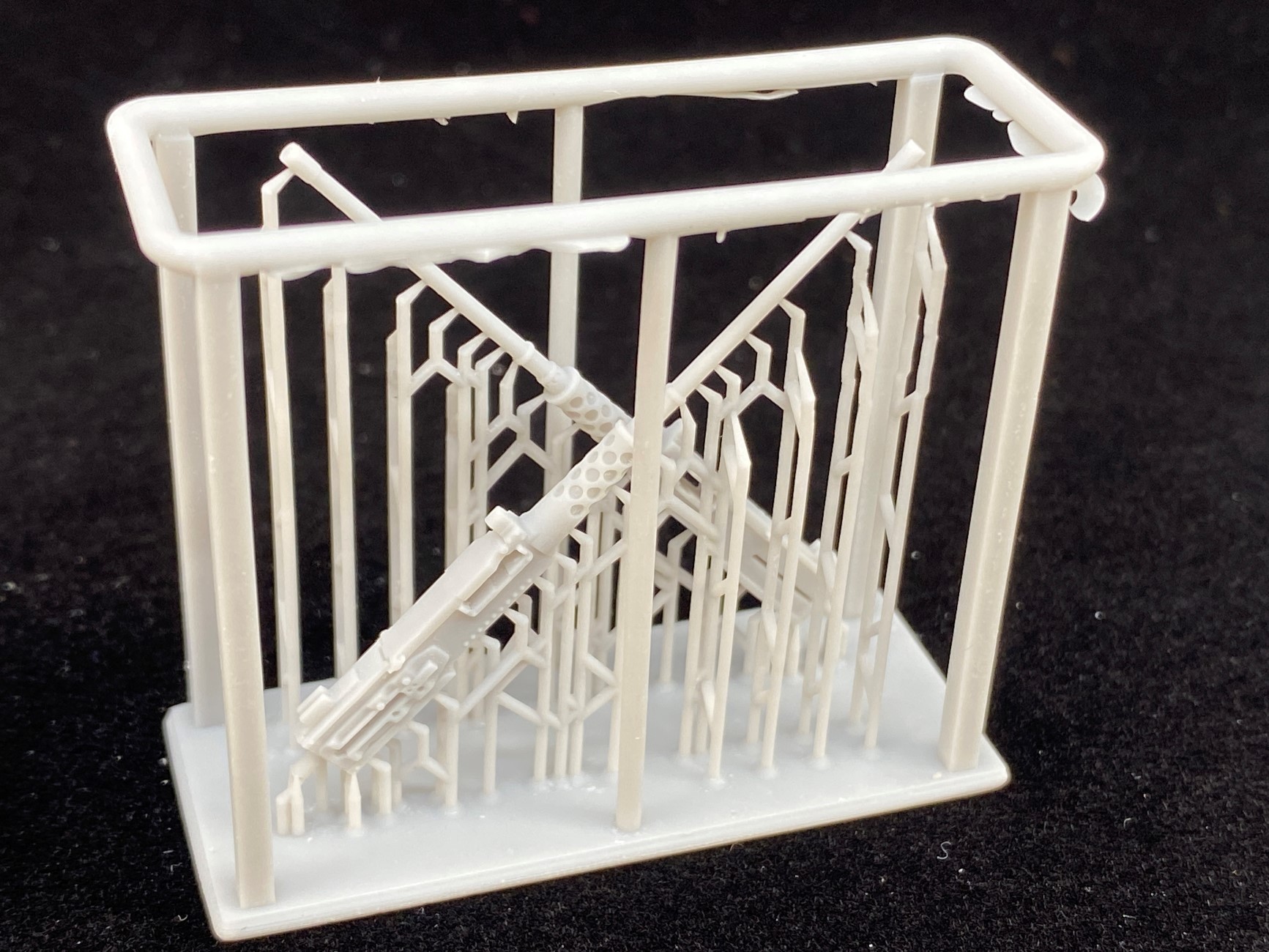
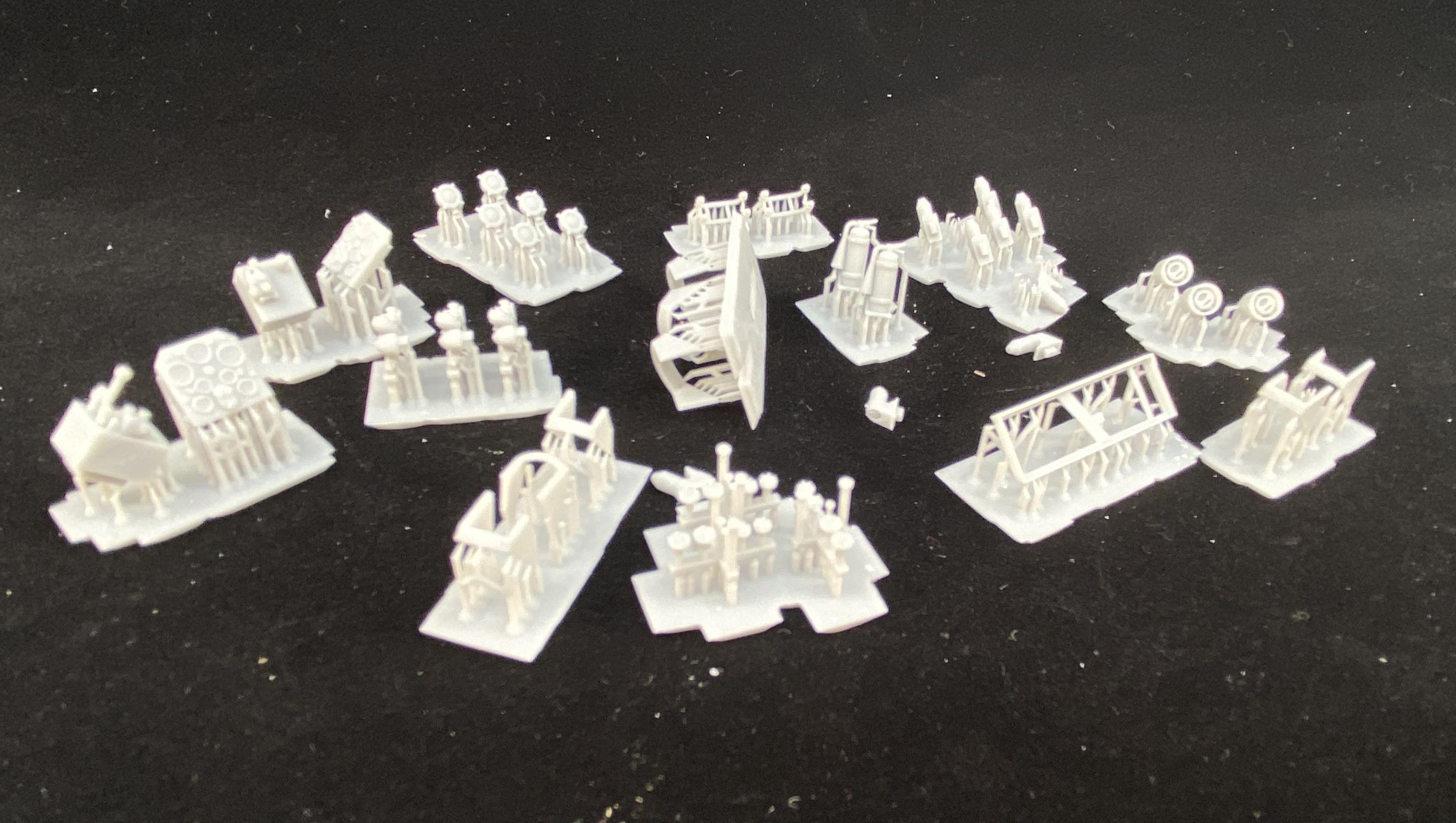
Lights and other interior and exterior detailing.
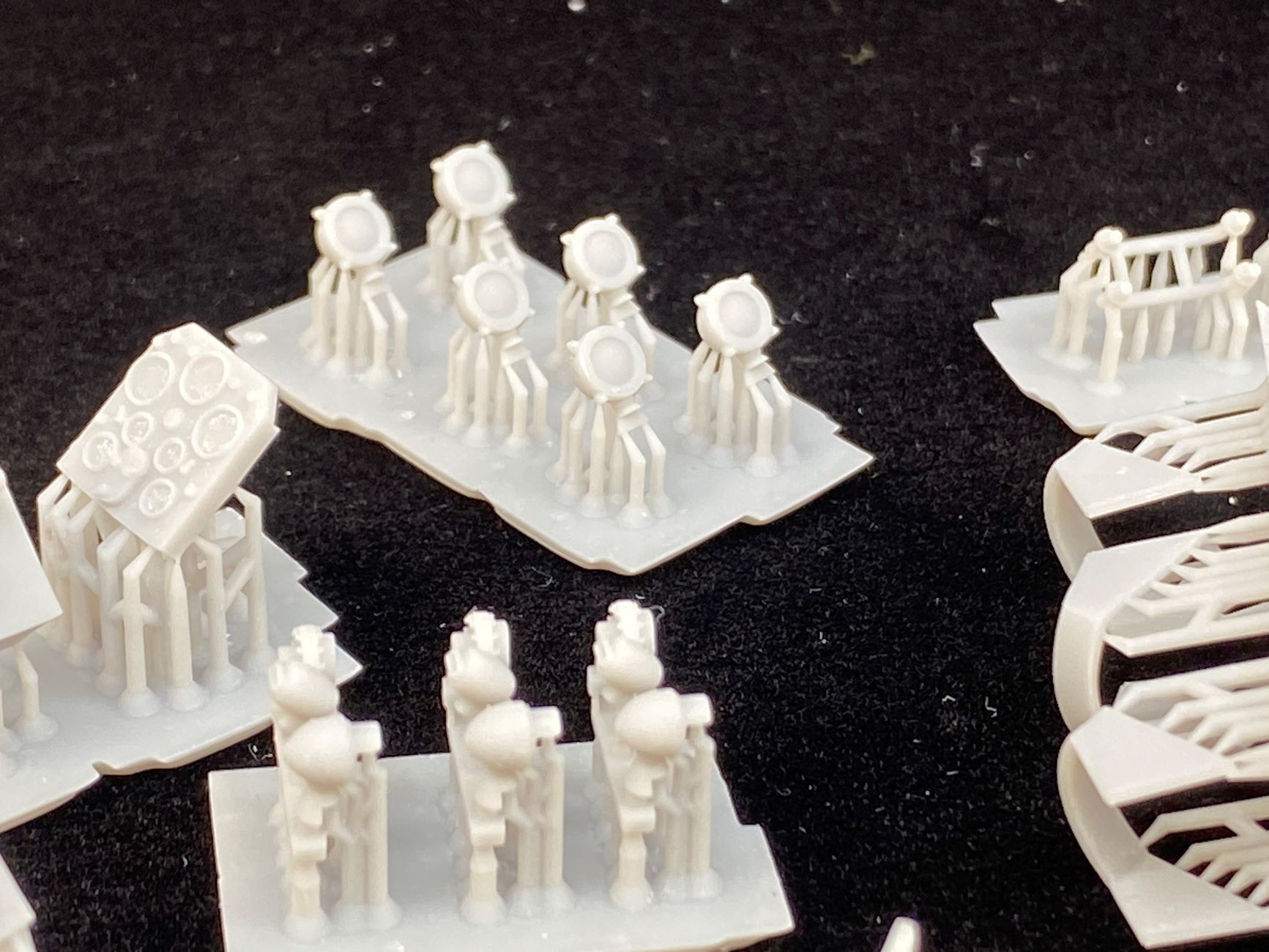
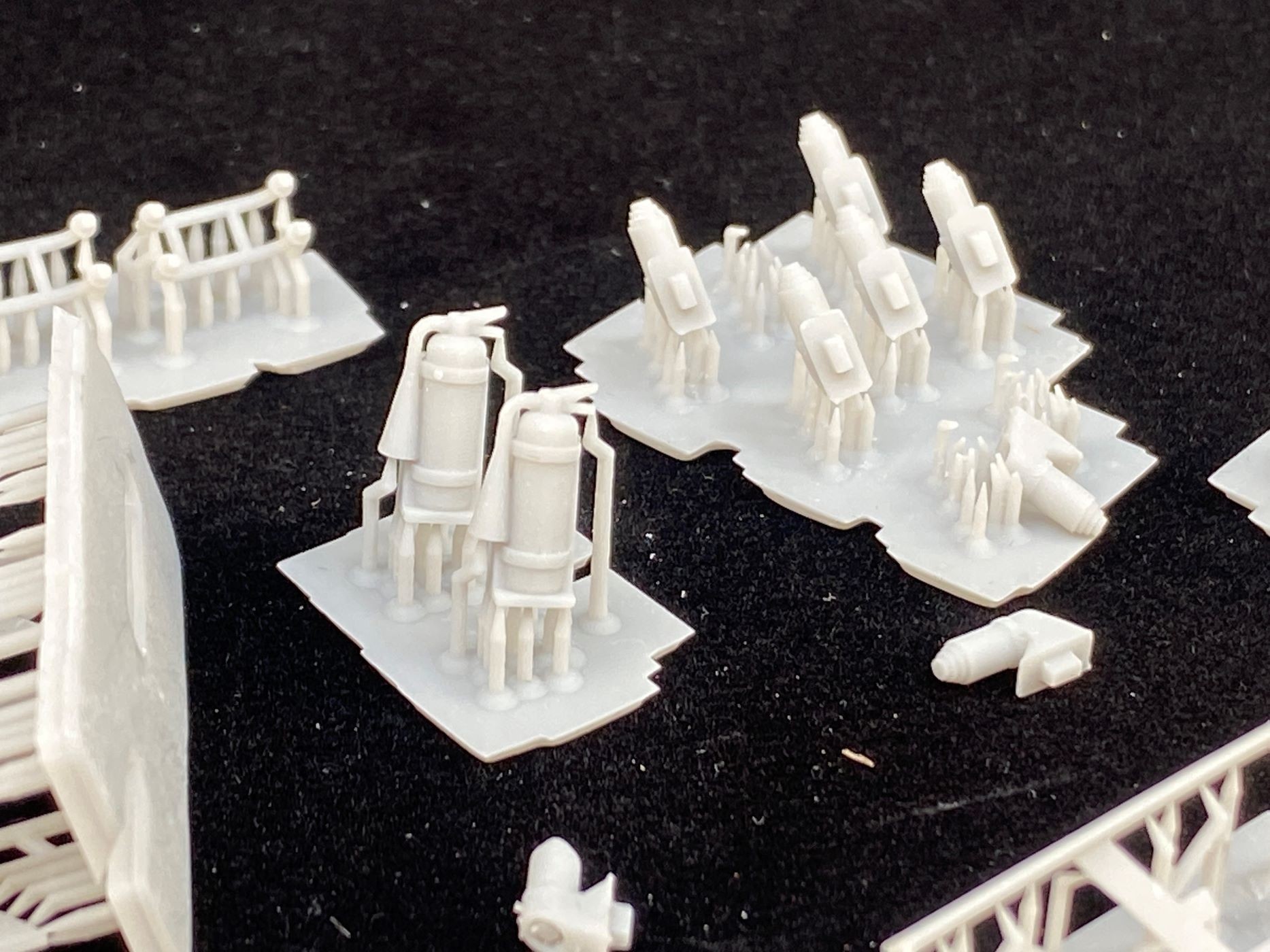
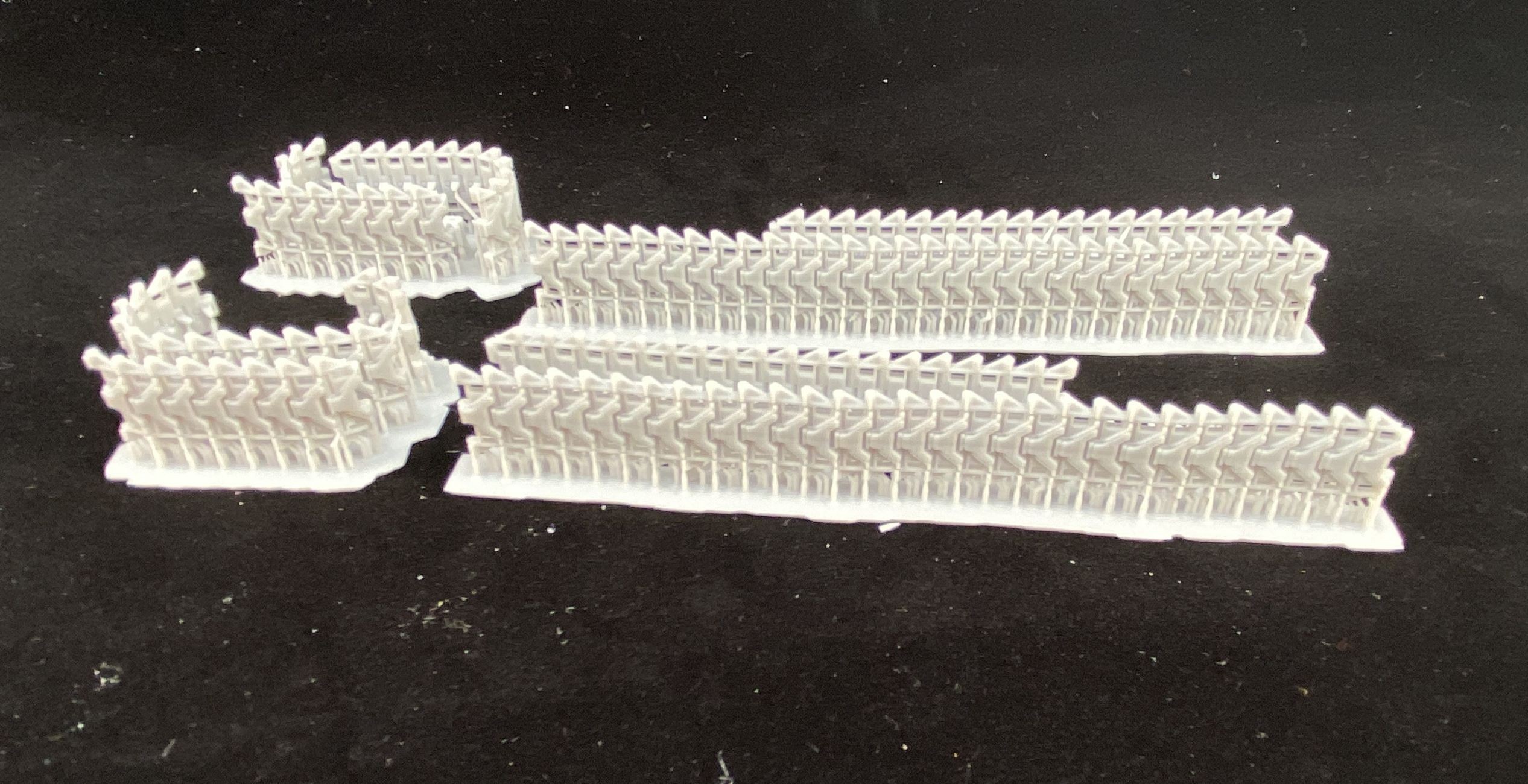
Tracks are "handed" for left and right sides.
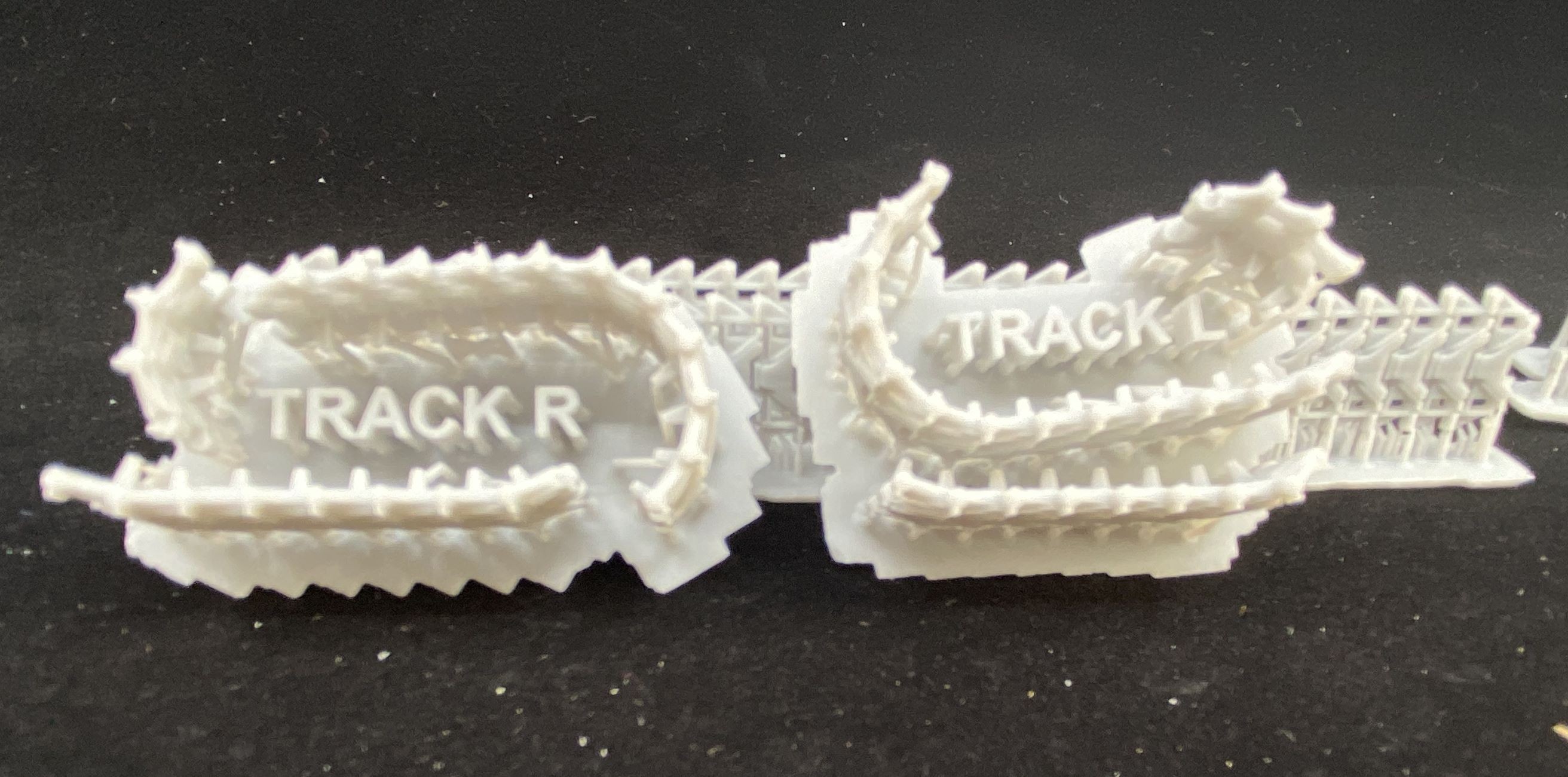
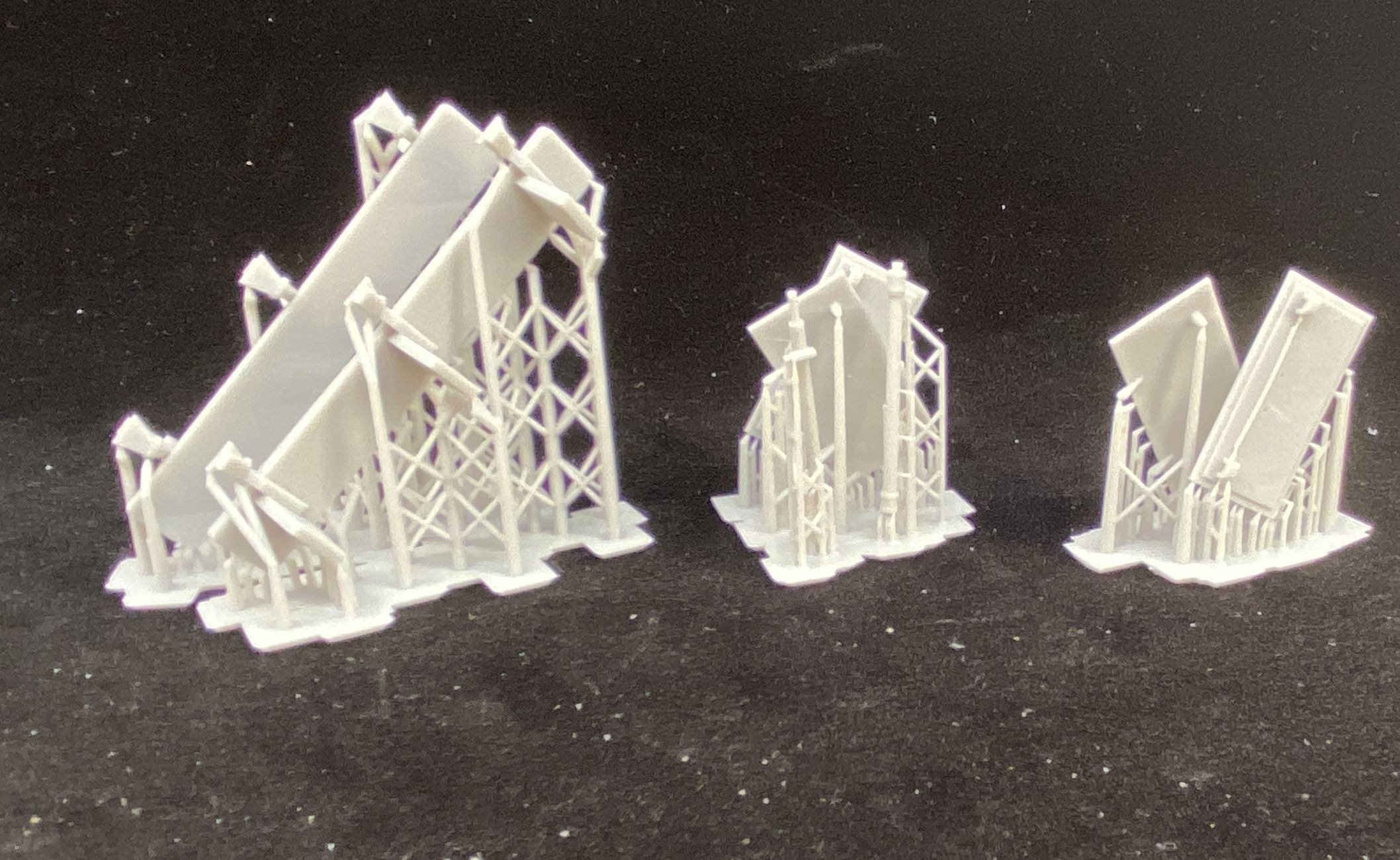

No real "ridges" to speak of because the piece has been printed on an angle.
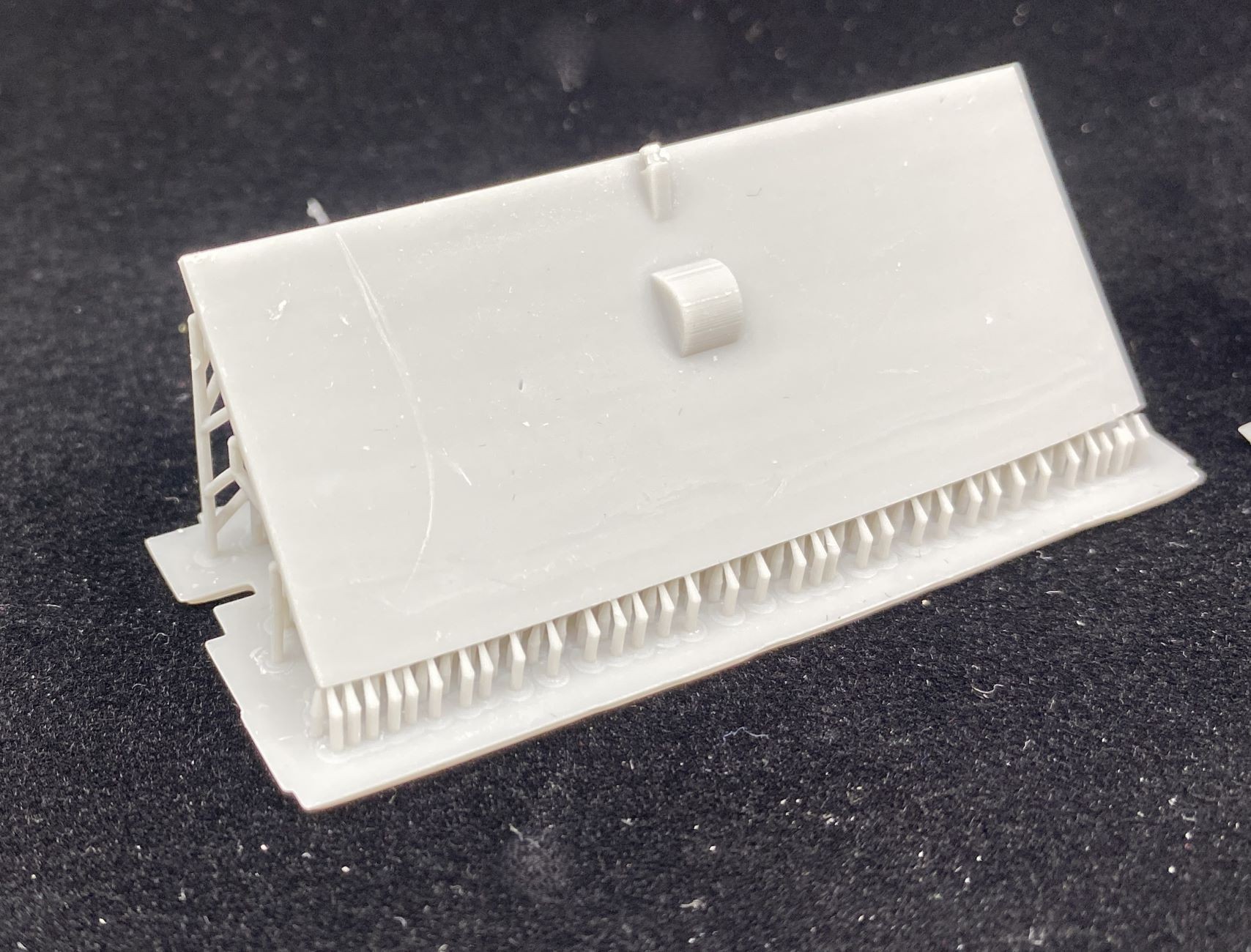

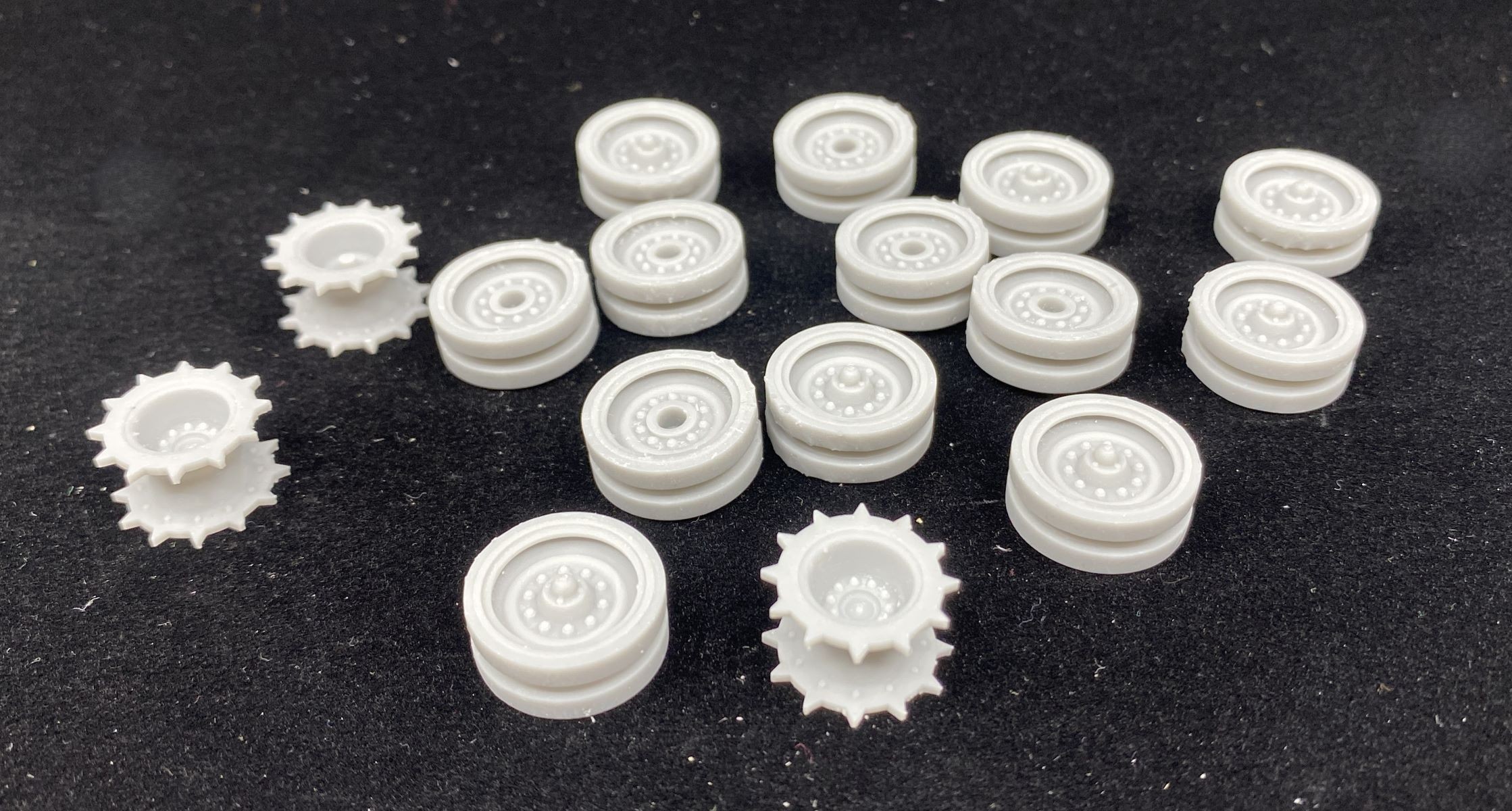
Some more pimpling that can be easily sanded off. The divots in the rubber wheel are actually correct for Vietnam vehicles.
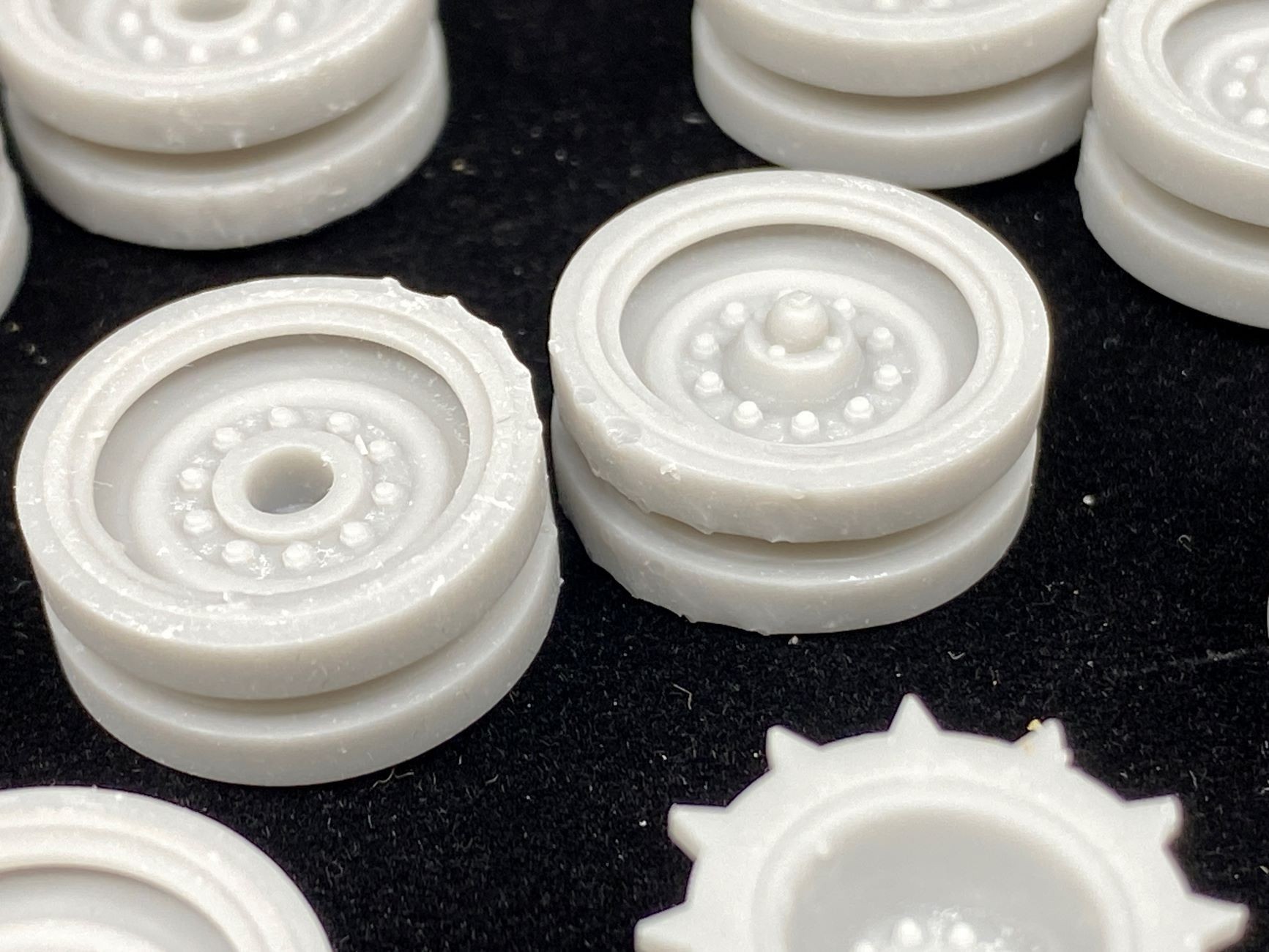

Interior floor.
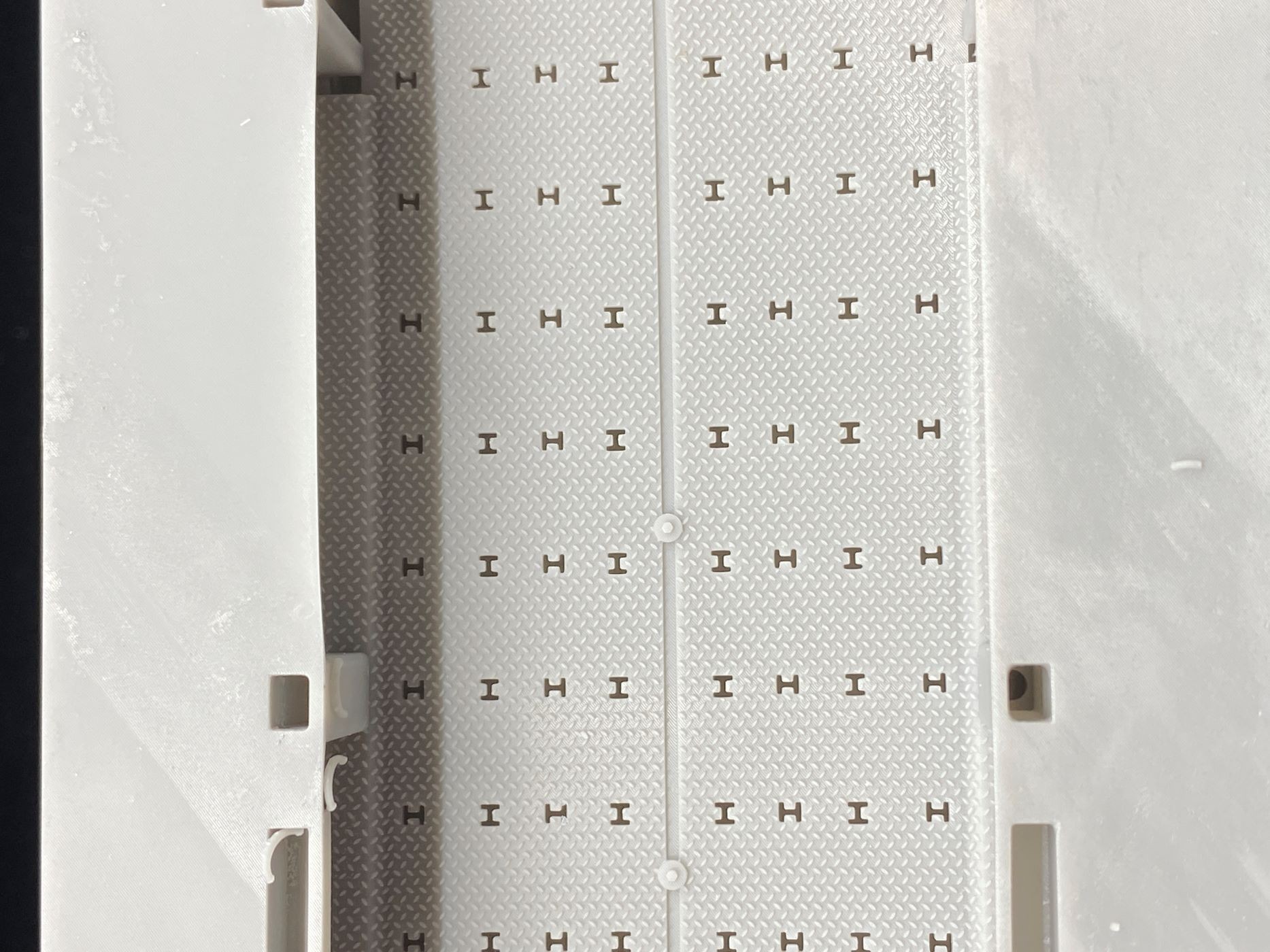

Delicate "footman loops" and other grab handles come out far better with 3D printing than styrene molding.
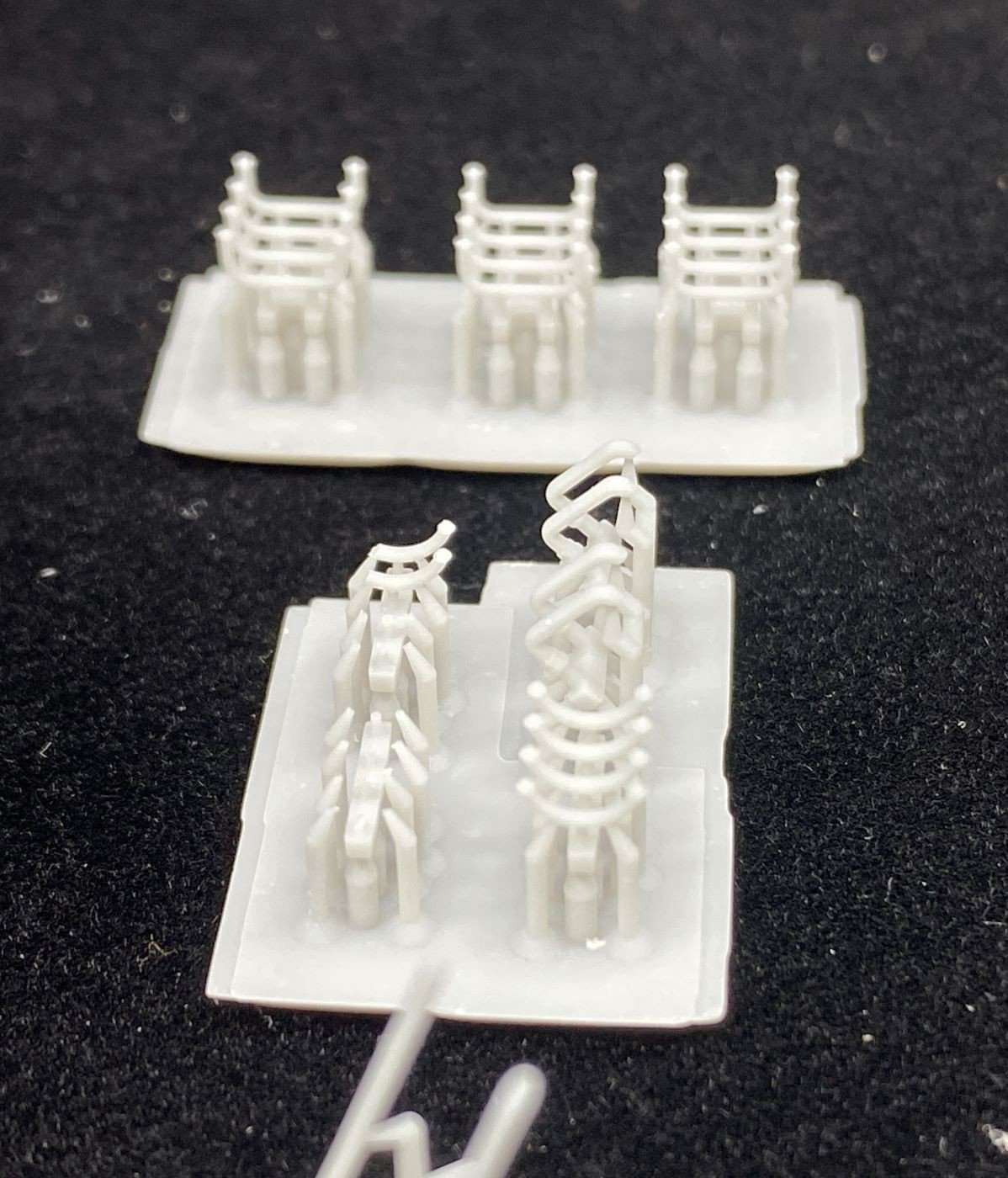

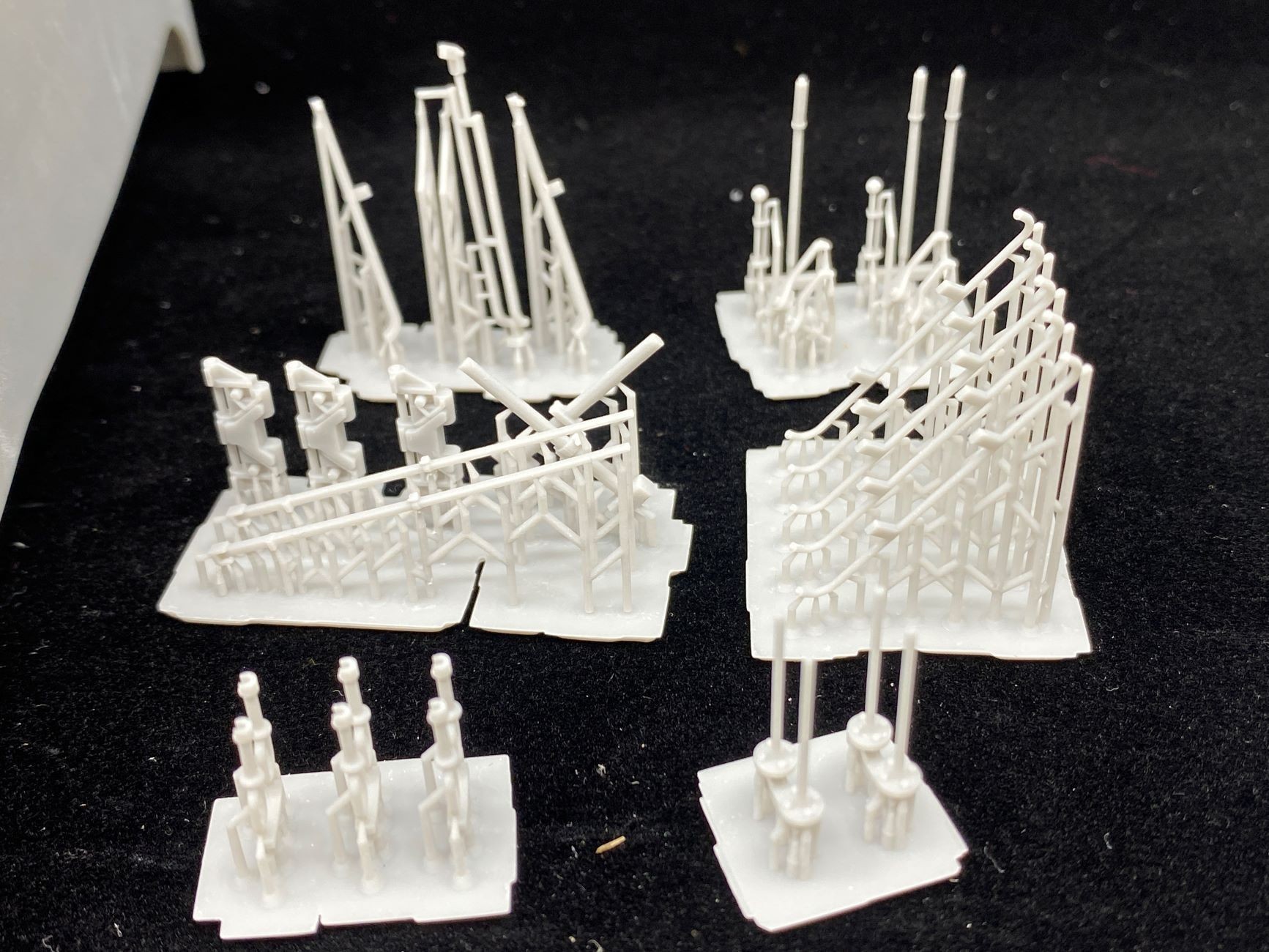
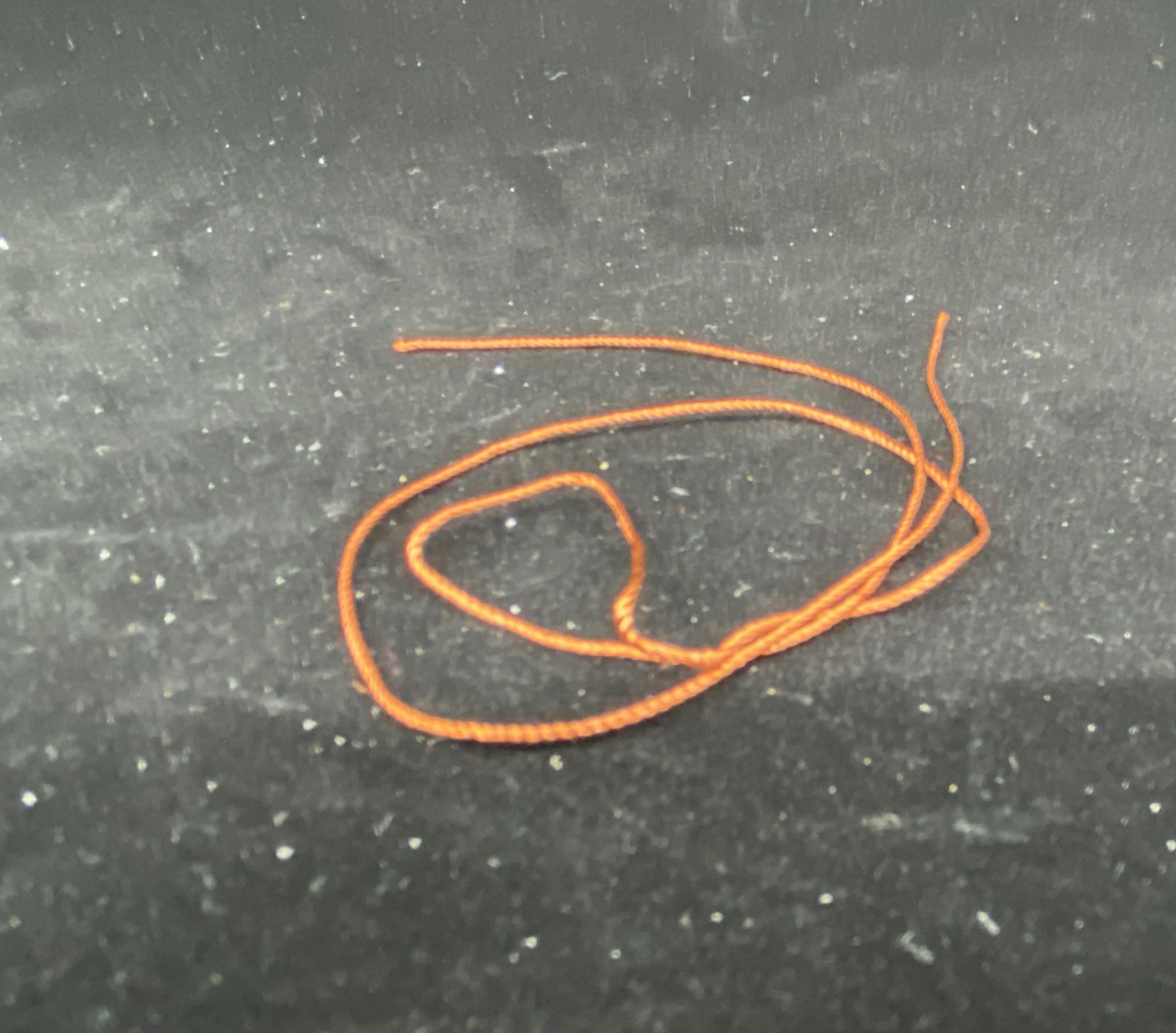

Instructions are crude but clear and easy-to-follow.

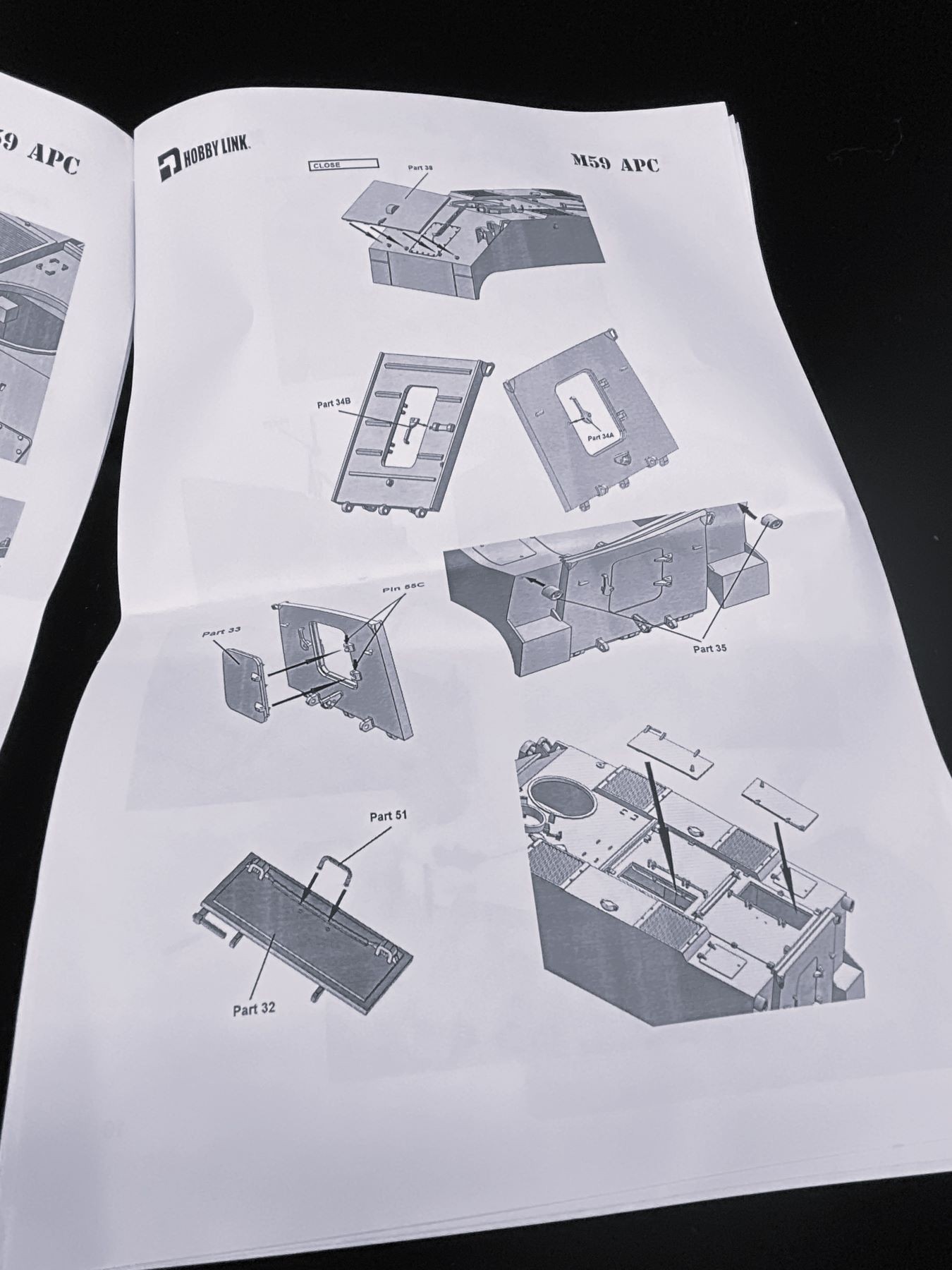
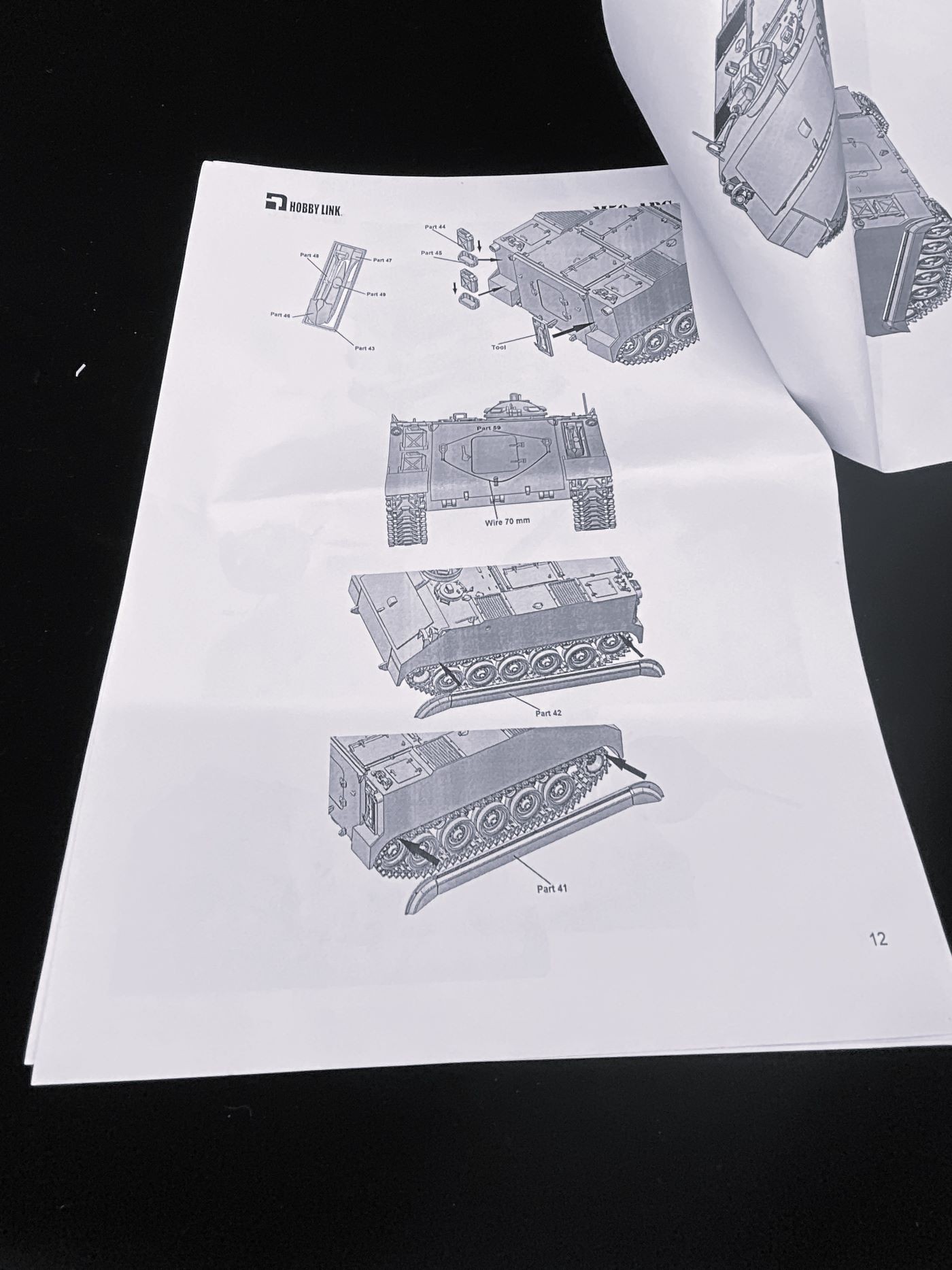
A slight warpage can be fixed with immersion in boiling water for 10 seconds.
